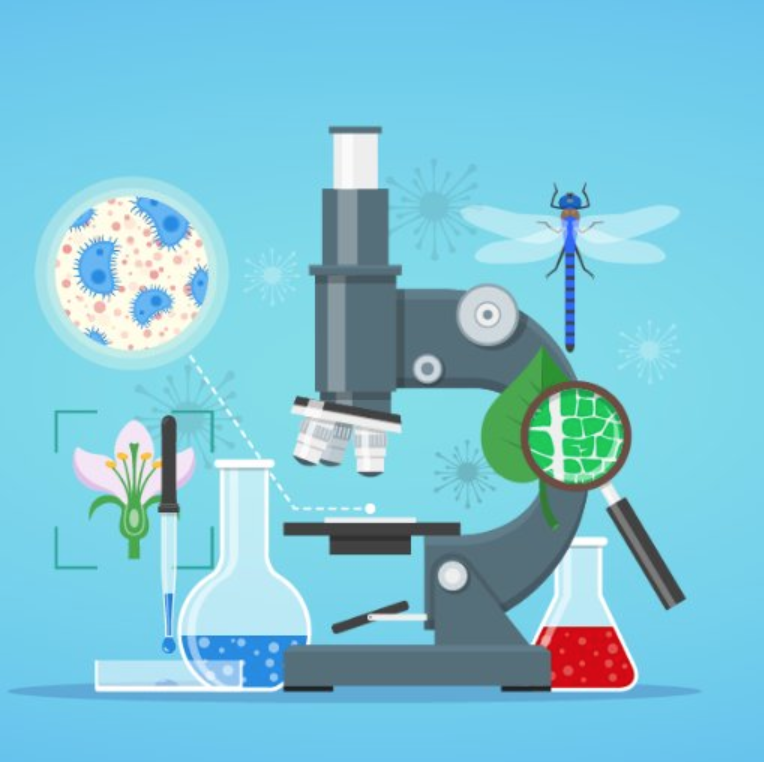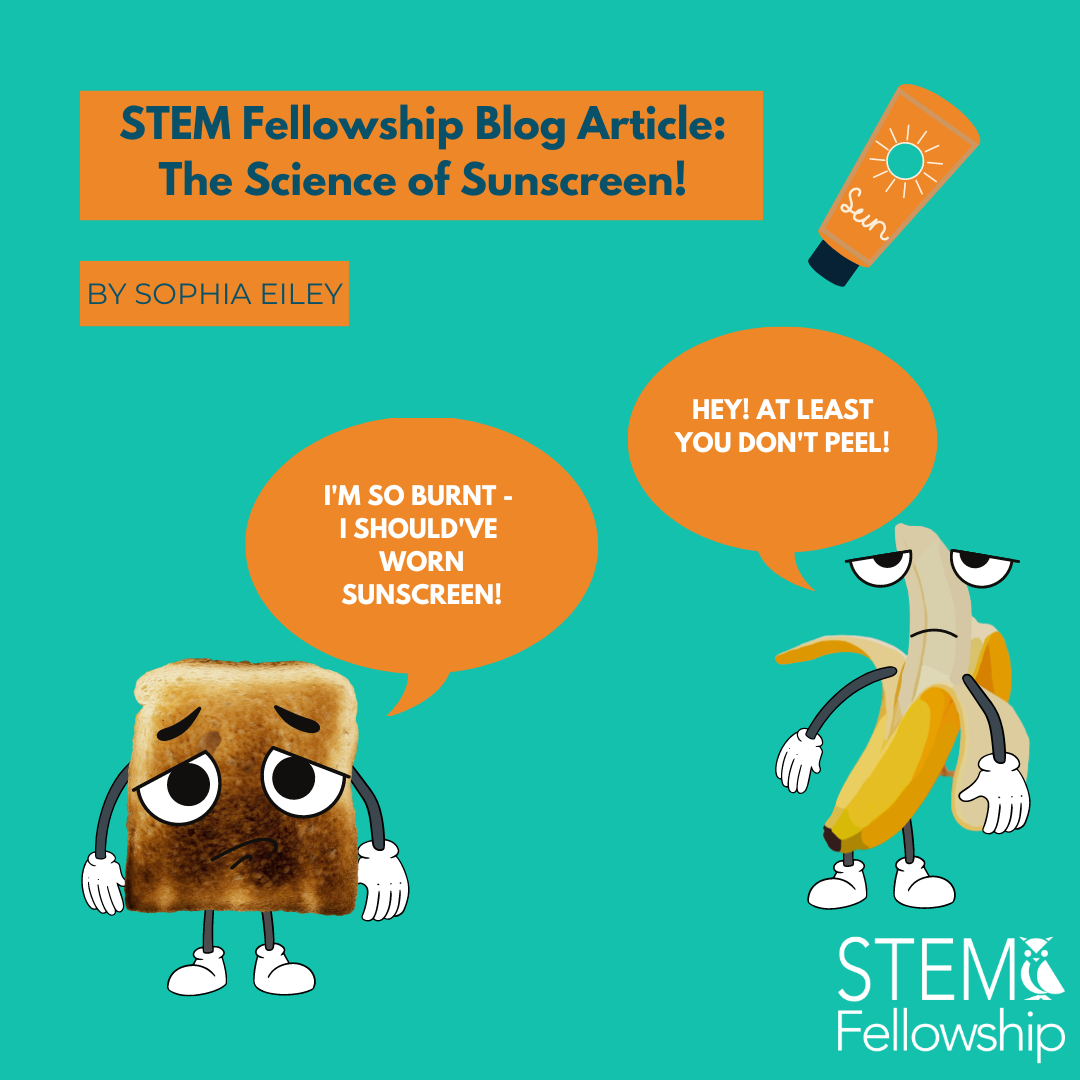By: Rosemary Gong
Welcome to the second part of our mini-series on getting involved in medicine and healthcare as a high school student! Our last article worked as a list of several ideas and resources to get involved in the field, and as planned, this article summarizes interviews on three university students in the medicine and healthcare field: Mary Grace, Patrick, and Meera. We’ll cover what their extracurricular experiences were like in high school, as well as the tips they have for students currently in high school.
Notes from the interviewer:
A few very key messages came up during the interviews that almost every student touched on; here’s a list of them to keep in mind as you’ll see them recur throughout:
- Dabble in a variety of extracurriculars, and stick to the ones that actually interest you
- The degree to which your high school revolves around STEM should not impact your interest in pursuing it
- Don’t stress about deciding on a specific field of study yet
- Have fun in high school!
Mary Grace W.

Mary Grace is in her third year at York University, majoring in biomedical sciences with a minor in psychology. She plans on attending medical school after her undergrad and is especially interested in pursuing cardiology or oncology. At STEM Fellowship, she works as the team lead for our REO Program (Research Exploration Opportunity Program) and runs her own STEM Fellowship chapter at York University.
High School Experience:
Mary Grace always knew she had an interest in biology in high school and focused her classes in science-based subjects, but didn’t realize she wanted to pursue medicine specifically until grade 12.
Her high school offered a French immersion and AP program; she took part in the AP program. They had about 15-20 clubs, but not many of them were STEM-related, nor did they advertise these extracurriculars much.
STEM in High School:
Here are the main STEM-based extracurriculars Mary Grace took part in during high school:
Grade 10: Robotics Club
Grade 11: Robotics Club
Grade 12: HOSA
Favourite Extracurricular:
HOSA. Mary Grace says that her experience with HOSA gave her a much better understanding of what to expect in different healthcare careers.
Takeaway: Extracurriculars aren’t necessarily a check-box for university, but an incredible way to explore subjects outside of the classroom and find out what you’re really passionate about.
Non STEM-Related Extracurriculars:
Besides STEM, Mary Grace also took part in an abundance of other extracurriculars, including senior badminton, DECA, Business Club, and a couple of councils for multiculturalism and student empowerment.
Tips for High Schoolers:
Extracurricular-wise, Mary Grace recommends dabbling in many opportunities in a wide variety of fields, rather than trying to specialize in one specific subject (such as medicine). Contrary to what many high schoolers think, she says that specializing in one specific subject is not actually very wise, for several reasons.

For one, experiencing as many fields as you possibly can (especially as you have quite a bit of time in high school) allows you to realize what careers you don’t want to pursue, and what careers you do want to pursue. This saves a lot of energy and quite possibly even money in the long run, as you won’t have to struggle through this process as much in university.
Second, specializing in a field in high school is only useful if you 100% know you want to pursue that field in university (but even then, how would you 100% know you want to pursue that field, if you haven’t experienced others?). A lot of students view having all their extracurriculars dedicated in one field as a sort of check-box, demonstrating their passion to the universities they are applying for. While this may be true to some extent, Mary says that when people are reviewing you as an applicant (whether it be for university or a new extracurricular), they like to see diverse experiences; this shows that you are well-rounded and may bolster your application. At the same time though, once you’ve had some experience and decide that you really are interested in one specific field, then there’s no harm in diving deeper into it -although try to make sure you still do other things that you also enjoy that may not necessarily be academic.
Her final piece of advice is to enjoy high school! You only get this experience once, so rather than spending all your time stressing about university, you might as well have some fun.

Patrick P.

Patrick is in his third year at Johns Hopkins University, studying molecular and cellular biology, applied mathematics and statistics. He plans on doing his masters degree in biology next year at Johns Hopkins, and is considering pursuing an MD-PhD in the future. At STEM Fellowship, Patrick works as the Associate STEMPowerment Officer, founded our PowerUp Mentorship Program, and helps run our annual Canadian Young Physicists’ Tournament (CaYPT).
High School Experience:
Patrick discovered his passion for biology after taking Biology 11 in the 9th grade
→ FYI: no, you don’t have to take grade 11 courses in the 9th grade!).
He went into university with his interests lying primarily in genetics, however this changed eventually to oncology.
His high school offered AP programs including those for sciences, which he took, though most of his STEM-related extracurriculars were found on his own. He also notes that he grew up outside of the city, so there weren’t as many STEM opportunities at his disposal.
STEM in High School:
Here are the main STEM-based extracurriculars Patrick took part in during high school:

Grade 9: Awesome Math Summer Program at Cornell University
Grade 10: SHAD, science contests
Grade 11: Volunteer research at a local hospital, competed in STEM Fellowship’s CaYPT and the International Young Physicists’ Tournament with Team Canada
Grade 12: Volunteer research at a local hospital.
Throughout high school, Patrick also took part in both individual and team math contests and science contests, as well as the CTY (Center for Talented Youth) program at Johns Hopkins University.
Favourite Extracurricular:
Patrick said he really enjoyed all of his extracurriculars, including those that were not directly STEM related!
Non STEM-Related Extracurriculars:
Besides STEM, he also took part in student council and debate club, competed in his school’s geography competitions, and played soccer.
Tips for High Schoolers:
Extracurricular-wise, Patrick’s advice coincides with Mary’s -he says that taking part in opportunities out of genuine interest is much more valuable than doing so to look good for university. Again, universities can tell whether you are truly interested in what you are doing or not.
For any students both in high school and university, he says that looking for research opportunities takes a lot of perseverance! Even given his achievements, it took 40 emails to different labs to finally hear back from 2 to conduct his research in (in university, too). So, if you’re considering reaching out to labs, or any opportunity for that matter, don’t feel down if you get rejected, or if you don’t hear back at all. You’ll land something eventually, as long as you don’t give up!
Academically speaking, Patrick says that practice problems are key to success.

Meera C.

Meera is in her second year at McMaster University and is enrolled in their health sciences program. At STEM Fellowship, she works as a team lead for the Content Creation Team, which runs our Youtube, Tiktok, and STEMPowerment Blog.
High School Experience:
Meera had always found science class interesting in grades 9 and 10, as she thought it was the most applicable to her surroundings. However, she was pretty lost on what specifically she wanted to pursue until grade 12, when she decided on medicine after reflecting on her experiences volunteering at a local hospital. This again highlights the importance of experimenting with extracurriculars; without her experience at the hospital, who knows if she would have chosen medicine!
STEM in High School:
Here are the main STEM-based extracurriculars Meera took part in during high school:
Grade 9: HOSA
Grade 10: HOSA, science fair on physics
Grade 11: HOSA (became the president this year -perseverance and loyalty to a club pays off!), science fair on physics, volunteered at local hospital
Grade 12: HOSA, STEM Fellowship (lab research/shadowing PhD students)
Favourite Extracurricular:

Meera says that her favourite extracurricular was definitely volunteering at the hospital. She really enjoyed the aspect of working with people and talking about their health, as well as talking to medical professionals about their job. Again, this is what actually inspired her to pursue medicine.
Non STEM-Related Extracurriculars:
Meera took the opportunity to explore all sorts of topics while she was in high school; she was on the cross country team, youth committees, clubs (eg: mental health club and debate club), DECA, and worked at Kumon and as a camp counsellor in the summer of her senior year.
Tips for High Schoolers:
Meera also agrees with Mary Grace and Patrick in that experimenting with all sorts of extracurriculars is the best way to find out what you are and aren’t interested in. In terms of specializing your extracurriculars, she says not to worry about specializing again, until you realize exactly what you want to pursue -she didn’t really start specializing until university, and emphasizes that you do not have to make up your mind in high school! Deciding on a general field (eg: sciences) is all you really need going into university (this may be helpful, as it is not too easy jumping between departments, for instance from arts to science). She says that a lot of people end up changing their majors in university anyway -such as from microbiology to medicine, given the vast variety of career options that start to become apparent once you get there.

For those unsure on what fields to pursue, she offers two pieces of advice: one, apply to all programs, but also note that some universities offer dual degrees that you can look into, and two, don’t panic! She promises that everything will work out in the end :)
And that wraps up the interviews for our first (of hopefully many) editions in our High School Handbook series! We hope you found this helpful in your journey to medicine and healthcare –or whatever field you eventually decide to pursue.
Here’s the link to Part 1 of this edition: https://stemfellowship.org/a-high-school-handbook-how-to-get-involved-in-medicine-and-healthcare-as-a-student/#
What field should we write about for our next edition? Let us know in the comments!






